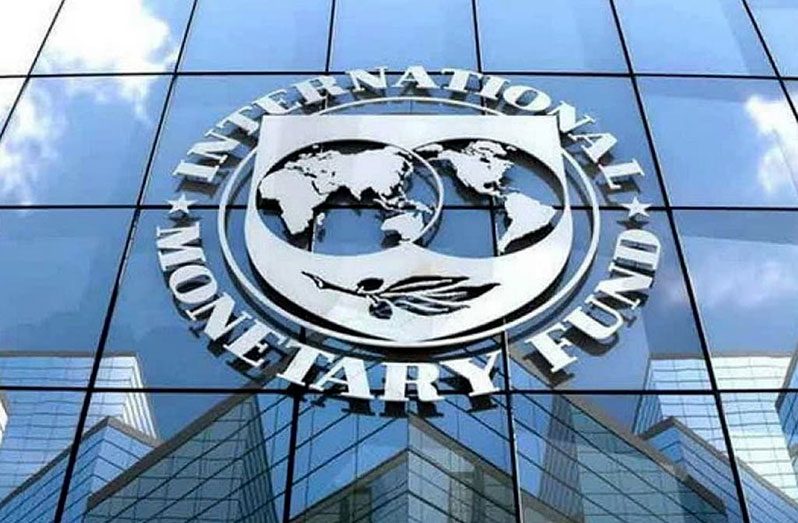–IMF says
THE economic outlook of Guyana is set for an unparalleled surge, as indicated by a recent Staff Report compiled by the International Monetary Fund (IMF).
The report, considered by the Executive Board, offers a comprehensive overview of Guyana’s economic outlook, highlighted near-term and medium-term growth projections, key sectors contributing to expansion, and associated risks.
According to the report, in the short term (2023-24), Guyana anticipates a substantial boost in oil production, reaching approximately 550,000 barrels per day, with the inauguration of the third field, Payara. Agriculture also presents promising prospects, with the rehabilitation and expansion of sugar plants following the 2021 floods.
The construction and services sectors are expected to be pivotal in supporting non-oil gross domestic product (GDP) growth, projecting an impressive 38.4% real GDP growth in 2023, with non-oil real GDP growth reaching around 9.1%.
Looking into the medium term, the IMF’s staff projects an extremely robust growth trajectory for Guyana. Private investments in the expanding oil and gas, and service industries are anticipated to be significant drivers of growth.
Public capital spending is expected to remain elevated, averaging about 6½ percent of GDP per year, predominantly financed by oil revenue transfers, expected to be around G$278 billion on average. In the staff’s projections, the economy is forecasted to double in size by 2028.
“Inflation is projected to rise but not to jeopardize price stability, given the moderation in fiscal impulses every year, the slack in the economy, and the authorities’ efforts to ease capacity constraints. Given staff projections for inflation in Guyana and its trading partners, a steady real appreciation in the real exchange rate is expected,” the report said.
Guyana’s favourable growth prospects, however, come with both upside and downside risks.
On the positive side, the report detailed potential oil discoveries could further enhance long-term economic prospects.
According to the report, “a construction boom may support higher short-term non-oil GDP growth than projected, but with a short- and medium-term downside risk of higher inflationary pressures, an appreciation of the real exchange rate beyond the level implied by the projected balanced expansion of the economy.”
The IMF went on to point out: “Global risks include highly volatile commodity prices that could adversely affect growth, fiscal performance, and external buffers. Adverse climate shocks could also weaken the macroeconomic outlook.”
The report said that authorities agreed that medium-term growth prospects are better than ever before and broadly agreed with the risks to the economy.
“The authorities agreed that their modernisation plans, and the unparalleled expansion of oil production, will contribute to a very rapidly growing economy, including the non-oil sector. They also highlighted their efforts to ensure a balanced growth path.”
Further, the report stated: “The authorities broadly agreed with the upside and downside risks to the outlook, and emphasised that they are vigilant and working towards mitigating the potential downside risks, including the main one rising from overheating, leading to inflationary pressures and appreciation of the real exchange rate beyond the level implied by a balanced expansion of the Economy.”
The Staff Report recommend adopting over the medium-term a comprehensive medium-term fiscal framework (MTFF).
“The MTFF should encompass further modernizing the public financial management framework, to contain a clear medium-term fiscal anchor, a transition path, and an operational target. Staff recommend periodic expenditure reviews to ensure macroeconomic stability and preserve competitiveness by setting the pace of public investment to take into account absorption and institutional capacity constraints of the economy,” the report recommended.



.jpg)








